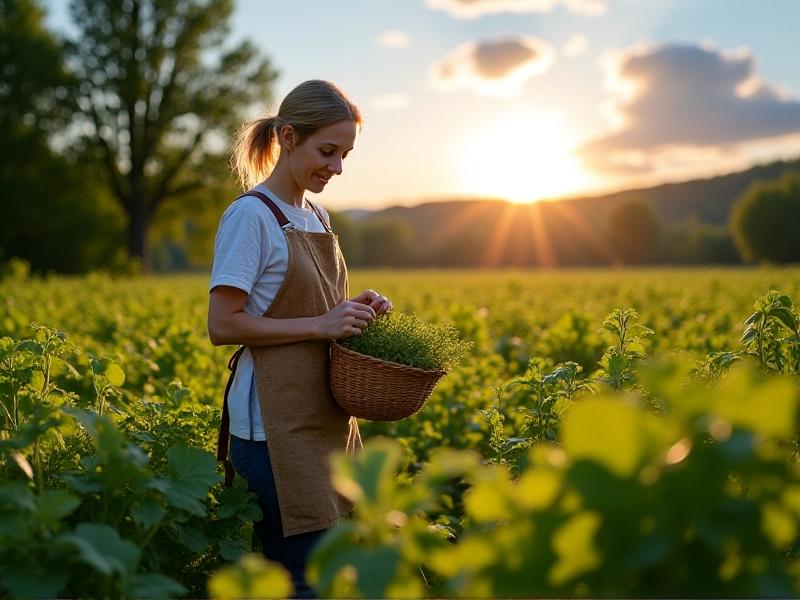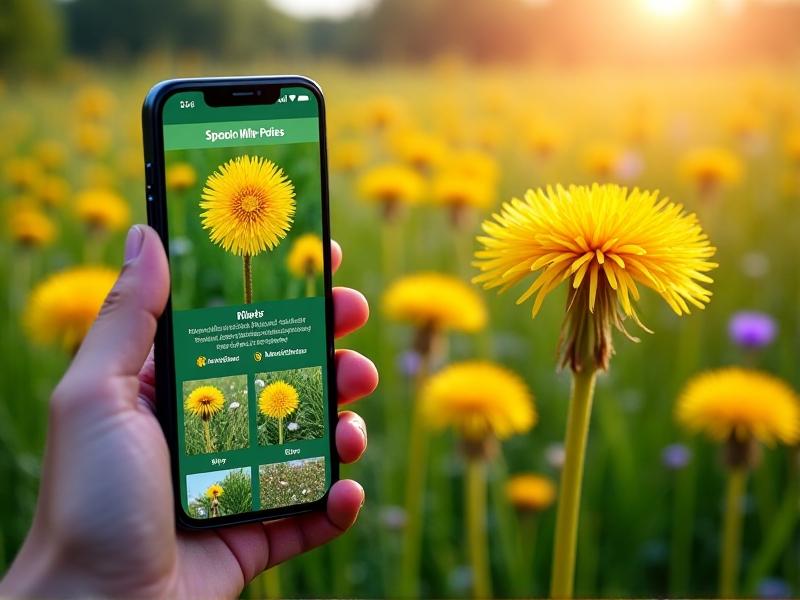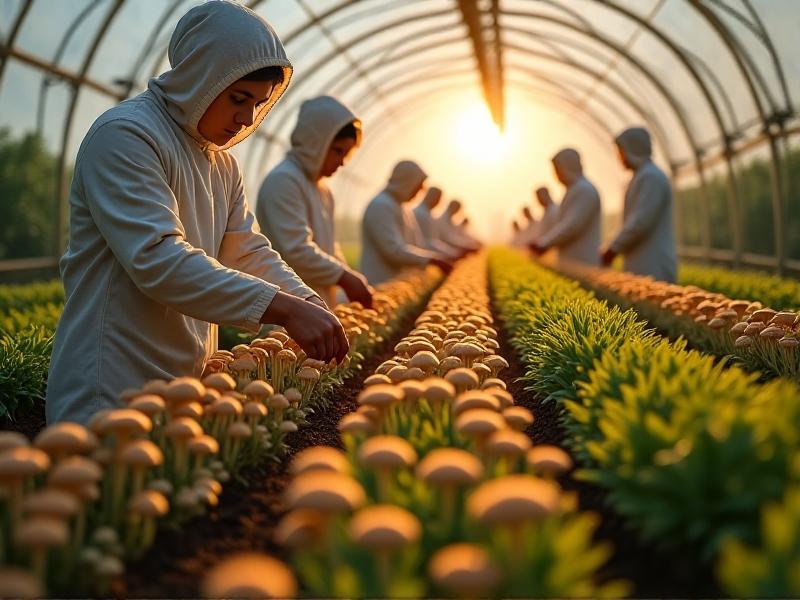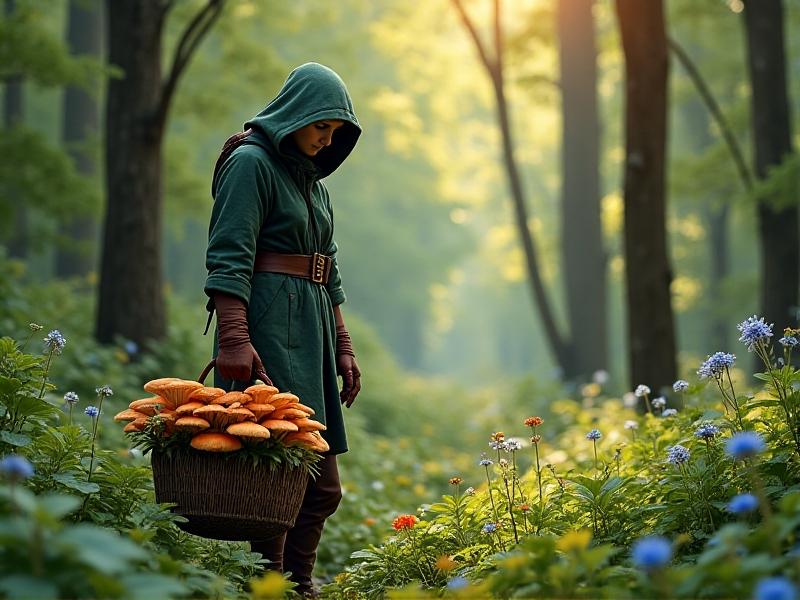Scaling Forager-Restaurant Partnerships: Logistics and Challenges
The Rise of Forager-Restaurant Partnerships
In recent years, the culinary world has witnessed a growing trend: the partnership between foragers and restaurants. These collaborations bring fresh, wild ingredients to the table, offering diners a unique and sustainable dining experience. Foragers, often skilled in identifying and harvesting wild plants, fungi, and other natural resources, provide chefs with ingredients that are not only rare but also deeply connected to the local ecosystem.
Restaurants, on the other hand, benefit from the ability to create seasonal menus that highlight the flavors of the region. This partnership is not just about sourcing ingredients; it's about storytelling. Each dish tells a tale of the land, the forager, and the chef's creativity. However, as these partnerships grow in popularity, scaling them presents a unique set of challenges and opportunities.
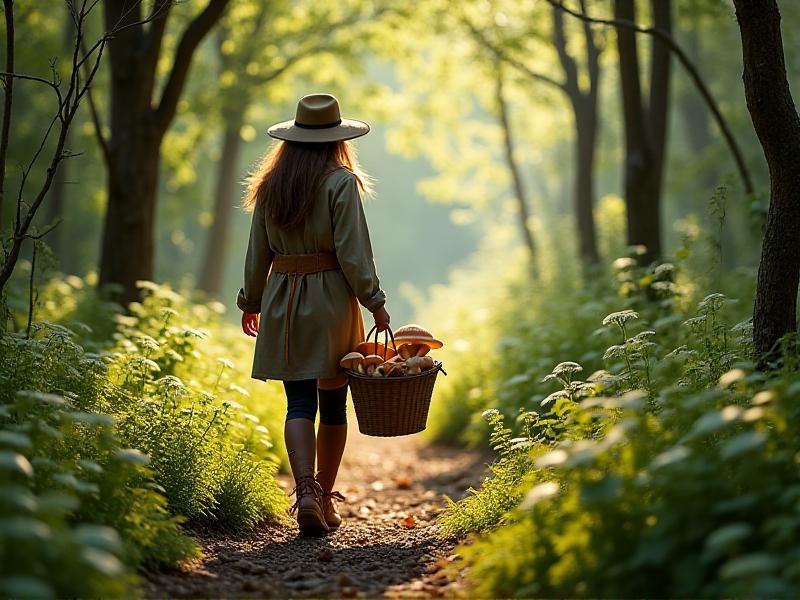
Understanding the Logistics of Scaling
Scaling forager-restaurant partnerships requires a deep understanding of the logistics involved. Unlike traditional supply chains, where ingredients are sourced from farms or distributors, foraged ingredients are often unpredictable in availability. This unpredictability can make it difficult for restaurants to plan their menus consistently.
One of the key logistical challenges is ensuring a steady supply of ingredients. Foragers must balance the need to harvest sustainably with the demand from restaurants. This often involves careful planning and communication between the forager and the chef. Additionally, transportation and storage of wild ingredients can be tricky, as they are often more delicate and perishable than cultivated produce.
To address these challenges, some restaurants are investing in relationships with multiple foragers, creating a network that can provide a more reliable supply. Others are exploring the use of technology, such as apps that track the availability of wild ingredients in real-time, to streamline the process.
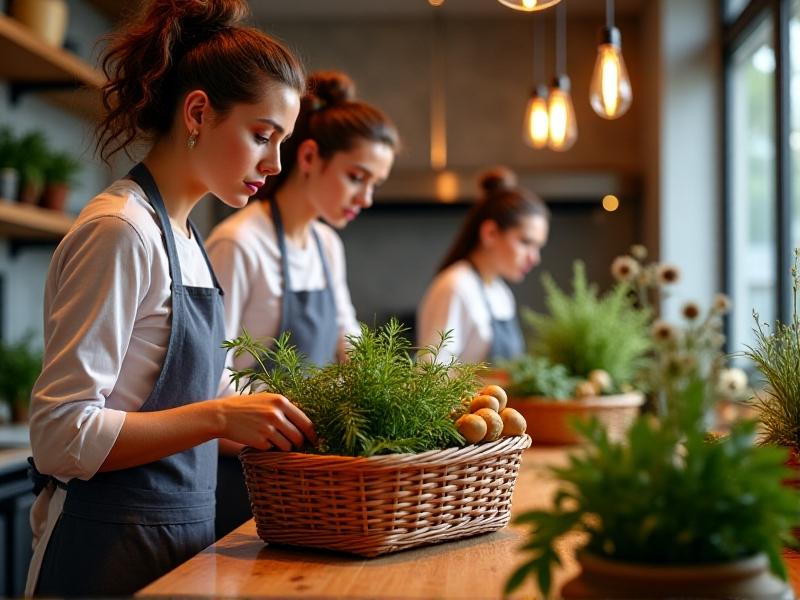
Building Trust and Collaboration
At the heart of any successful forager-restaurant partnership is trust. Chefs need to trust that the foragers they work with are knowledgeable and ethical in their harvesting practices. Foragers, in turn, need to trust that the chefs will use their ingredients in a way that honors their hard work and the environment.
Building this trust takes time and effort. Regular communication is key, as is a shared commitment to sustainability. Many successful partnerships are built on a foundation of mutual respect and a shared passion for the natural world.
Collaboration is also essential. Foragers and chefs often work closely together to develop new dishes and explore the potential of wild ingredients. This collaborative process can lead to innovative culinary creations that set the restaurant apart from its competitors.

Navigating Regulatory and Ethical Challenges
One of the most significant challenges in scaling forager-restaurant partnerships is navigating the regulatory landscape. Foraging is often subject to strict regulations, which vary by region. These regulations are designed to protect natural ecosystems and ensure sustainable harvesting practices, but they can also create barriers for foragers and restaurants.
Ethical considerations are equally important. Foragers must be mindful of the impact their harvesting has on the environment. Overharvesting can deplete wild populations and disrupt ecosystems, so it's crucial to follow sustainable practices. Restaurants, too, have a responsibility to ensure that the ingredients they use are sourced ethically and sustainably.
To overcome these challenges, many foragers and restaurants are working together to advocate for clearer regulations and best practices. By doing so, they can help ensure that foraging remains a viable and sustainable practice for years to come.
Economic Viability and Market Demand
Scaling forager-restaurant partnerships also involves addressing economic viability. For many foragers, foraging is a labor-intensive activity that may not always be financially sustainable. Restaurants, too, must consider the cost of sourcing wild ingredients, which can be higher than traditional ingredients.
However, there is a growing market demand for unique, locally-sourced, and sustainable ingredients. Diners are increasingly interested in the story behind their food, and foraged ingredients offer a compelling narrative. This demand can help justify the higher costs associated with foraging, but it also requires restaurants to effectively communicate the value of these ingredients to their customers.
To enhance economic viability, some foragers are diversifying their offerings, providing not only wild ingredients but also educational experiences, such as foraging tours or workshops. This diversification can create additional revenue streams and strengthen the partnership with restaurants.
Future Prospects and Innovations
As forager-restaurant partnerships continue to evolve, there are exciting prospects for innovation. Advances in technology, such as blockchain, could provide greater transparency in the supply chain, allowing diners to trace the origin of their food. Additionally, the growing interest in foraging could lead to the development of new tools and techniques that make the practice more efficient and sustainable.
There is also potential for these partnerships to expand beyond restaurants. For example, foraged ingredients could be incorporated into other products, such as teas, spirits, or skincare, opening up new markets and opportunities.
Ultimately, the success of scaling forager-restaurant partnerships will depend on the ability of foragers and chefs to adapt to changing conditions and continue to innovate. By doing so, they can ensure that these partnerships remain a vibrant and sustainable part of the culinary world.
